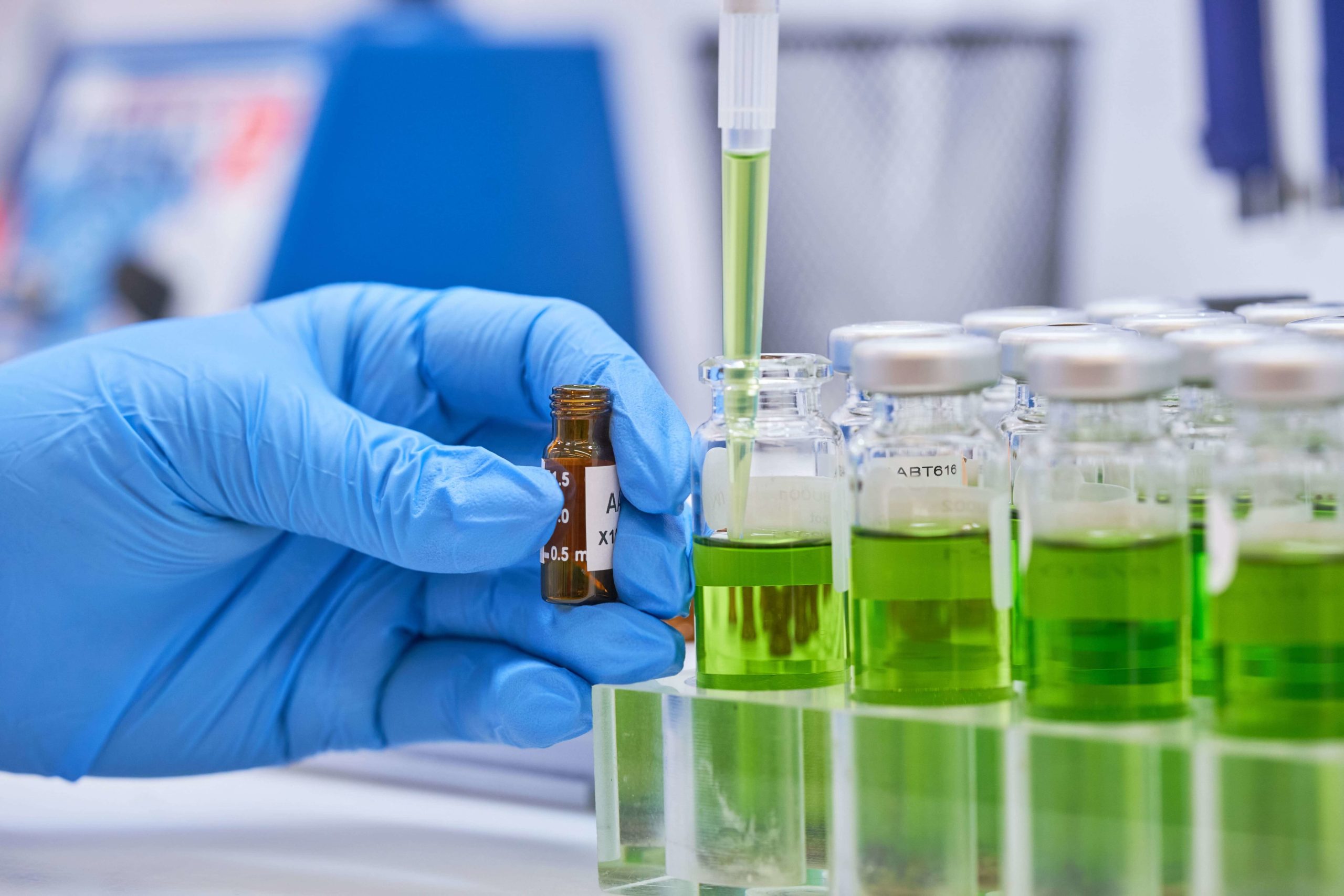
Hemp Benchmarks recently spoke with two state hemp program managers about current conditions in the U.S. hemp industry and what lies ahead for 2023. While the two officials are separated by about 1,300 miles, and one program has also had a five-year headstart on the other, there were several points of agreement, particularly in their impressions that the CBD market continues to be tough sledding and their optimism for the fiber hemp sector.
Signs the CBD Surplus is Finally Decreasing
Brian Koontz, Colorado’s Industrial Hemp Program Manager, is anticipating a further decrease in hemp producers and production in his state, continuing a trend that gained momentum last year. “We went from 458 registrants [in 2021] to 212 [in 2022],” he told Hemp Benchmarks. “Acreage went down quite a bit too; we had less than 4,000 acres registered last year.” That being said, Koontz believes Colorado’s hemp market has stabilized. “The people I talk to think that the 2019 reserves are being depleted, and that there’s enough demand to support in the market for the [hemp producers] that are left,” he said.
He also believes that, while there is still a glut of product on the hemp extract side of the market, that oversupply might be bottoming out. “As far as surplus, what I’ve seen and heard on social media [is that] lots of oil and isolate is being sold.”
On the other hand, “We have growers that have told me that they still have [CBD] oil that is probably two years old,” said Gail Ellis, Hemp Program Manager at the Alabama Department of Agriculture and Industries (ADAI). “Several of them still have floral material, and they don’t seem to understand that it is extremely critical to store that very properly and very well, for it to maintain its integrity.”
Overall, “As far as the CBD side, or any part of hemp growing, folks are going to be cautious on it until the market improves and the 2023 Farm Bill happens,” Koontz said. “Considering some of the things on the table with the Farm Bill, it could be significant.”
The View From Alabama
Ellis has held the Hemp Program Manager position at ADAI since the state’s program started in 2019. She has also seen a sharp downturn in hemp grower applications in her state. Ellis told Hemp Benchmarks that she has met and consulted with many novice and would-be growers of hemp cannabinoids over the years “and almost everybody has failed. … They don’t have enough ability to turn the product into an end product and make money off of it. That’s been a consistent complaint.”
Part of the problem, Ellis noted, is that Alabama’s hemp sector cannot yet compete with states like Colorado and Kentucky that are distributing their hemp and hemp products across the United States. There is also the issue, she added, that many of those entering the hemp sector are “newbies.”
“The majority of the hemp growers coming into the program aren’t fully researched, or fully understand what it is they’re getting into,” she said. “They start off on the wrong foot. As they get into the season itself, when they understand the cost of growing hemp, many of them withdraw their applications and don’t intend to grow. We had about 104 grower applications that we approved in 2022, and probably 50 of them grew.”
Ellis said her department is working to educate Alabama hemp producers about the benefits of growing hemp fiber, which she sees as a rapidly-growing market with a bright future. However, she noted, “no matter how much talking we do, or trying to encourage them to develop something other than CBD, they still are focused on CBD for the most part.”
While some career farmers in Alabama have considered adding hemp to their crop rotations, Ellis said her state is in a Catch-22 situation – there still aren’t enough processors available and within a reasonable distance for hemp cultivators to make their work cost-effective.
Hope for Hemp Fiber
That could be changing, however. Ellis said she’s heard that some big companies, required by the federal government to have a certain number of carbon credits, are hiring local farmers to grow fiber hemp. That arrangement, if large enough, “could be an avenue of payment [for hemp farmers] until we can get the infrastructure on fiber back up.”
In Colorado, Brian Koontz pointed to a survey done by his state last year that found the majority of local hemp growers remain committed to cultivating cannabinoids like CBD. Another issue revealed by the survey, he added, were regulatory “roadblocks” that are preventing more people from entering the industry or registering to grow hemp.
He remains hopeful, however, about his state’s hemp fiber sector, which is reportedly seeing more registrants. “More importantly,” he said, “we’re starting to see more of a demand and more of an infrastructure being built for it.” He noted that a company in southern Colorado opened its hemp fiber processing facility last summer and currently has 5,000 acres of hemp fiber contracted in the state for 2023.
In Alabama, Gail Ellis said she remains optimistic about the hemp sector, “but there is such a harsh learning curve for anybody that is growing hemp. Even for the marijuana growers from other states [that are now cultivating hemp]. It’s not the same; the cannabis plant is the same but the growing conditions are different. So we’re still learning. I still have hope, and belief in this program. It’s a great commodity. I’m very excited about the future of hemp, the fiber part of it.”
Related Articles:
- FDA’s CBD Announcement Rankles Industry, Leaves Hemp Cannabinoid Sector in Limbo (February 1, 2023)
- Will the U.S. Hemp Industry Rebound in 2023? (January 4, 2023)
- Focus on Fiber: Dispatches from the 2022 Hemp growing Season (November 2, 2022)


